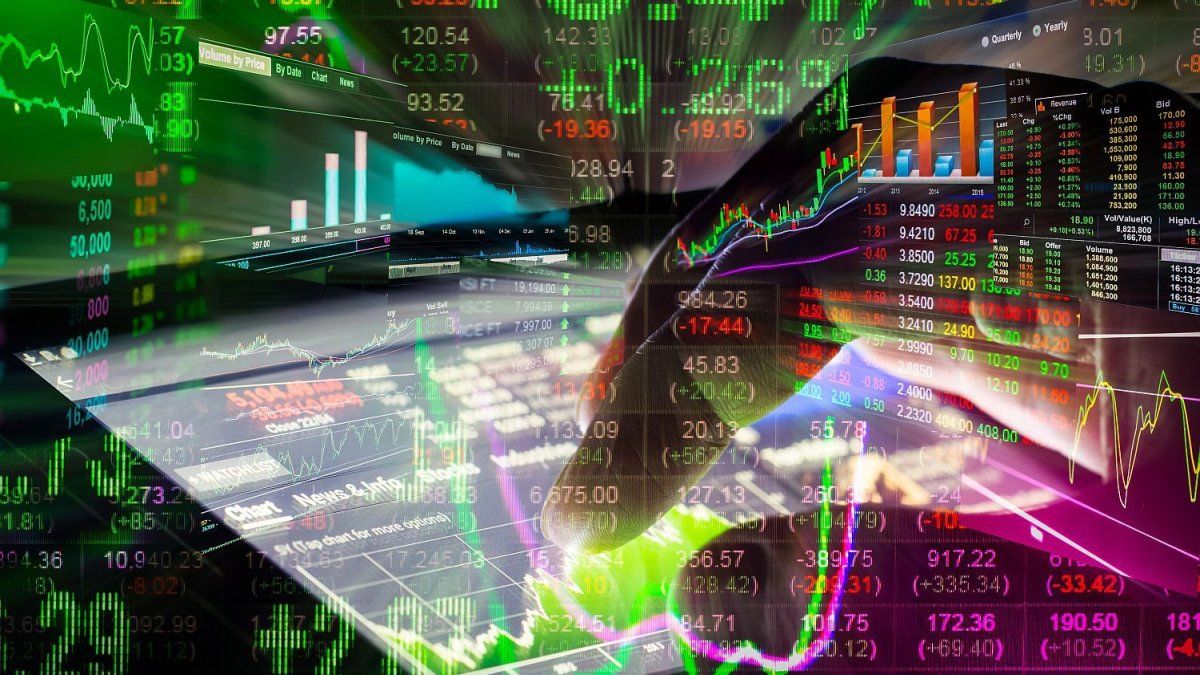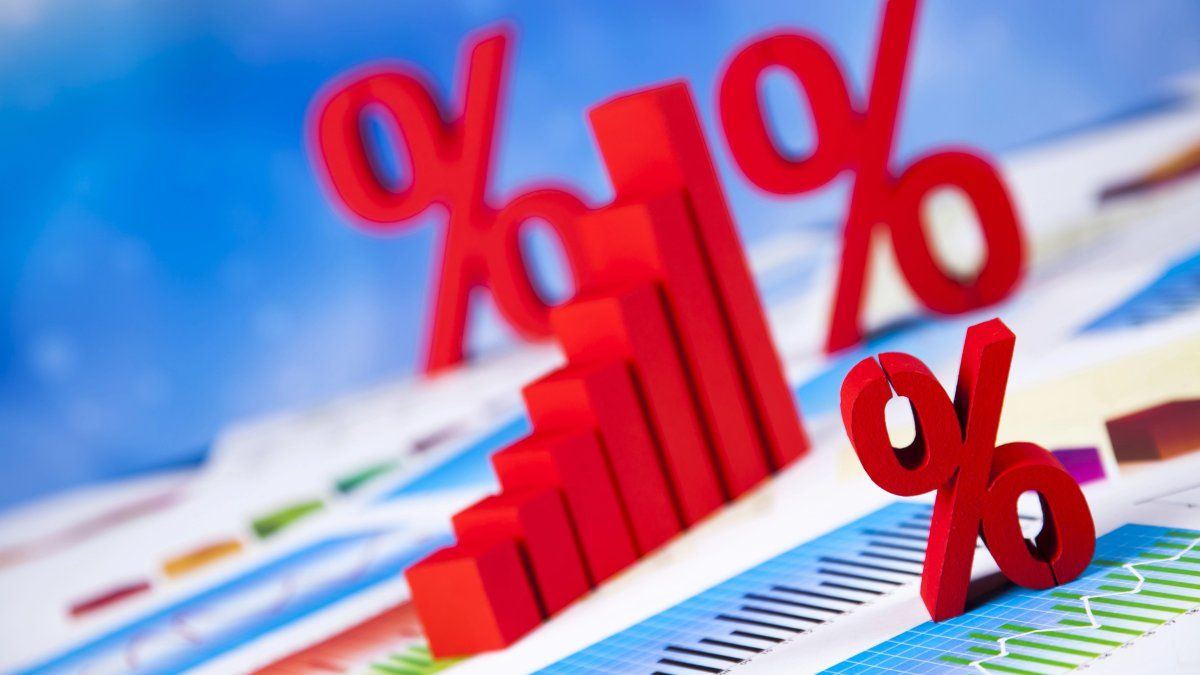Within the framework of the financial crash, Investor confidence has deteriorated and even despite a subsequent rebound, it is now fragile. Financial gurus have also warned of further trouble ahead for the markets and this affects those who bet on Cedears at the local level. Everything indicates that a period of great financial volatility has begun.
It is worth remembering that, in just five days, The S&P 500 had its worst and best day in almost two years And, thanks to this phenomenon, the final balance was almost neutral: the wall street stock index closed last week with no changes in terms of numbers.
It all seems to have been caused by the dismantling of the world’s largest carry trade in yen, But some analysts believe that we need to look further afield to understand this phenomenon, which may not have ended yet.. For example, Mike Wilsonequity strategist at Morgan Stanley, says the recent volatility in the market has “deeper causes than just a technical reversal in a carry trade”“.
According to the analyst, the deterioration in market fundamentals, which began in April, is a key factor.Negative economic surprises, waning enthusiasm for AI-related stocks, and declining earnings revisions have contributed to the correction in the stock market,” he wrote in a note over the weekend.
He also believes that market valuations are still very high. For example, “the S&P 500 is trading at around 20 times next year’s estimated earnings, when fair value should be closer to 17 or 18 times that figure.”
Added to this is the fact that the Federal Reserve (Fed) The US is not willing to cut interest rates quickly, which contributes to uncertainty. Therefore, the Morgan Stanley analyst suggests that the S&P 500 will remain in a range of 5,000 to 5,500 points.until there is clear evidence of a change in the growth trend or policy” US economy. Therefore, it recommends investing in more defensive stocks such as public services, health care and basic consumer products.
Warning signs are amplified
This view coincides with the one outlined by Schroders in its latest report, in which it analyzes the previous steps that led to the financial “crash” of Monday, August 5. And it is that before the Fed’s decision, the Bank of Japan (BoJ) meeting was held in which its authorities decided to propose a roadmap forward to slow down the pace of purchases of the current “quantitative easing“. This was combined with a 15 bps interest rate hike, far above than the market expected, which was a 5 bps increase.
For the international broker, “This could have triggered the unwinding of leveraged positions in yen and contributed to the ‘risk off’“, but they maintain that”It was not the only trigger for that” process, but rather, moving forward, “It may be one more factor that contributes to the continuation of this behavior (risk aversion)“And he warns that there are still several warning signs.
Schroders He maintains, in line with the Morgan Stanley strategist, that all this generates a situation where investors are becoming more exposed that one or more negative surprises generate a strong correction, as has occurred in recent sessions. In this sense, taking the economic surprises index prepared by Citi, the broker highlights two axes to follow closely:
- On the one hand, the latest economic surprises have been mostly negative (which is why the index’s Z-Score is below 0).
- On the other hand, given the historical reversion to the mean of the index, it is possible that the worst of the news is already behind us or the news has to be much more negative to continue surprising a market that is recalibrating its expectations.
City Surprise Index.jpeg
Citi’s Economic Surprises Index. Source: Schroders.
Cedears, what strategy should be followed?
In dialogue with this medium, the independent financial advisor, Martina Del Giudicesuggests that it agrees with the Morgan Stanley analyst’s view that the stock market’s problems go beyond the carry trade of the yen. So it would not be a time to relax completely.
And it analyzes that, other issues not minors are causing concern in the market, such as: geopolitical tensions, a season of mixed balance sheets with projections that, in some cases, were bad for shareholders, expectations of lower interest rates and North American economic data that predict recessionary traits.
However, Del Giudice points out that these fears “do not represent a trend, since at the same time, Other data showed solid and the institutions will evaluate the whole.” Thus, he adds that “Volatility will likely be a persistent feature for the remainder of the year“.
In this context, the holders of Cedears should “consider a more defensive and diversified strategy,” the strategist says, in line with Morgan Stanley’s position. Considering the substantial gains generated in the first half and the current market challenges, Del Giudice offers some recommendations:
- diversify into different sectors and regions can help mitigate risks.
- focus on stocks of companies with solid fundamentals, strong balance sheets and stable cash flows. Defensive sectors tend to withstand periods of volatility better.
- While volatility can be stressful, remembering that the long-term horizon helps investors avoid impulsive decisions.
- reassess the risk profile and tolerance for volatility. Portfolios may need to be adjusted to align with a more conservative approach.
- Those investors who do not have the support of a suitable advisor, They should keep informed about monetary policies, inflation developments and other international macroeconomic indicators. which are key to making informed decisions.
- In turn, local investors who invest in these instruments via Cedears are affected by the change in the exchange rate (CCL), which fell 2.1% in the last week, in line with currencies in the region. Although this variable seems to be under control given state interventions, Those who do not wish to increase foreign exchange exposure should balance their portfolios with other types of liquidity or fixed-income instruments.
Sharp movements in the market are often determined by valuations and the discrepancy between expectations and reality. As previously mentioned, The continuous economic surprises and the balance sheet seasons They made reality constantly exceed expectations, which given the context, seems healthy to recalibrate.
Source: Ambito
I am a 24-year-old writer and journalist who has been working in the news industry for the past two years. I write primarily about market news, so if you’re looking for insights into what’s going on in the stock market or economic indicators, you’ve come to the right place. I also dabble in writing articles on lifestyle trends and pop culture news.




